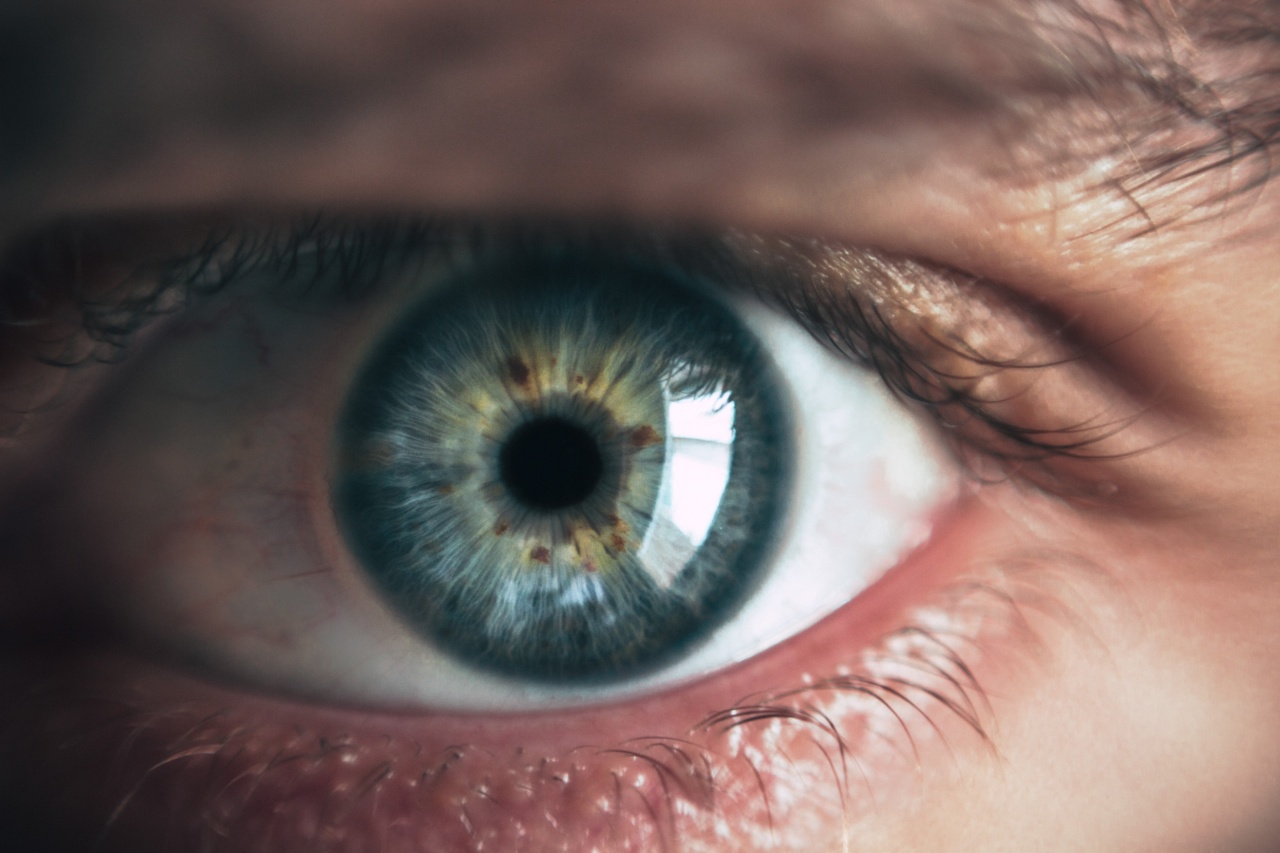Blurry eyesight can occur due to several reasons. While nearsightedness, farsightedness, and astigmatism are commonly known reasons for blurry eyesight, they are not the only ones. In this article, we will discuss some other causes of blurry eyesight.
Migraines
Migraines are severe headaches that can cause blurry vision in some people. Some migraine episodes occur with a visual aura, which can present as small flashes of light, blind spots, or temporary vision loss.
Migraine-induced visual disturbances usually go away once the headache subsides. Nevertheless, if you experience a sudden and severe migraine attack that is accompanied by blurry vision, you should seek medical attention immediately.
Age-Related Macular Degeneration
Age-related macular degeneration (AMD) is a degenerative disease that affects the part of our retina that allows us to see fine details. The disease typically affects people over 50 years of age, and it can cause blurry or distorted vision.
In the early stages of AMD, you may not notice any significant symptoms. However, as the disease progresses, you may find it harder to read or recognize faces.
Diabetic Retinopathy
Diabetic retinopathy is a complication of diabetes that affects the blood vessels in the retina. The disease can cause blood vessels to leak fluid or bleed, which can affect your vision.
Similarly, people with diabetes can develop macular edema, which is when fluid accumulates in the macula, the part of the retina responsible for central vision. If you have diabetes, it’s essential to get screened for diabetic retinopathy regularly.
Cataracts
Cataracts are a common condition that affects people as they age. They occur when the lens in our eyes becomes cloudy, making it difficult for us to see clearly.
Cataracts can cause blurry or hazy vision, and they can affect our ability to see colors as well. Although cataracts are treatable, they can worsen over time if left untreated.
Dry Eye Syndrome
Dry eye syndrome is a condition that occurs when our eyes don’t produce enough tears or produce low-quality tears. The condition can cause a range of symptoms, including itching, burning, and blurry vision.
Dry eye syndrome can be caused by several factors, including aging, certain medications, and medical conditions such as Sjogren’s syndrome.
Presbyopia
Presbyopia is a condition that affects people as they age. It occurs when the lens in our eyes loses its flexibility, making it harder for us to focus on close objects.
Presbyopia usually begins in our 40s, and it can cause symptoms such as blurry vision, eyestrain, and difficulty seeing in dim light.
Glaucoma
Glaucoma is a group of eye diseases that damage the optic nerve, which can lead to vision loss. The most common type of glaucoma is called open-angle glaucoma, which typically affects people over 40.
In the early stages, glaucoma may not cause any noticeable symptoms. However, as the disease progresses, it can cause blurred vision, halos around lights, and difficulty seeing in dim light.
Brain Tumors
Brain tumors can affect the visual pathways in our brain, which can lead to blurry vision or even blindness.
Depending on the location and size of the tumor, it can cause different types of visual disturbances, including loss of peripheral vision, double vision, or vision loss in one eye. If you experience sudden and unexplained changes in your vision, you should seek medical attention immediately.
Medications
Some medications can cause blurry vision as a side effect. This can include drugs used to treat high blood pressure, antihistamines, and antidepressants.
If you are taking any medications and experience blurry vision, you should talk to your doctor to see if the medication could be the cause.
Conclusion
Blurry eyesight can occur due to several reasons, and it’s essential to get a proper diagnosis to determine the underlying cause. If you experience sudden or severe changes in your vision, you should seek medical attention immediately.
Regular eye exams can help detect problems early on and prevent vision loss.























